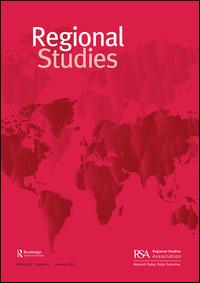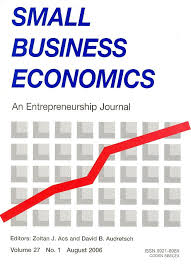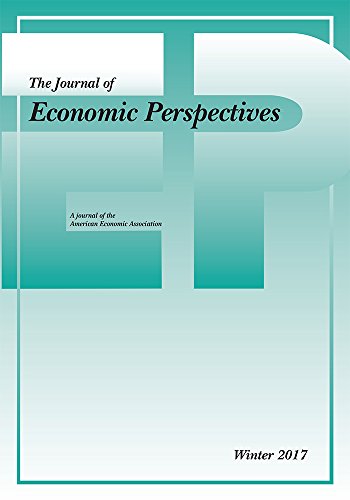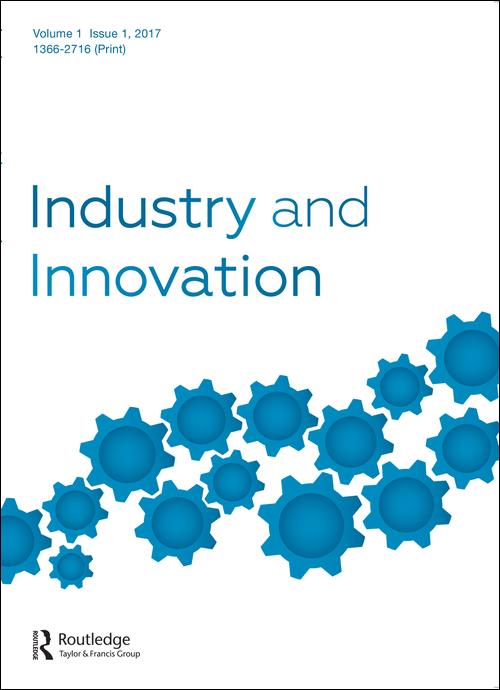Evaluierung von Subventionsprogrammen
Diese Forschungsgruppe untersucht die Effekte von Produktions- und Wissensnetzwerken auf die Produktivität von Unternehmen und Regionen. Darüber hinaus werden Wirkungen staatlicher Förderprogramme für Forschung und Entwicklung sowie regionalpolitischer Programme auf die Leistungsfähigkeit von Unternehmen und Regionen evaluiert.
Zentrum für evidenzbasierte Politikberatung (IWH-CEP)
Forschungscluster
Wirtschaftliche Dynamik und StabilitätIhr Kontakt

Mitglied - Abteilung Präsidialbereich
PROJEKTE
09.2019 ‐ 09.2022
Etablierung einer evidenzbasierten Evaluationskultur für industriepolitische Fördermaßnahmen in Deutschland (EVA-KULT)
Europäischer Fonds für regionale Entwicklung (EFRE)
Das Vorhaben dient dem Ausbau des Zentrums für evidenzbasierte Politikberatung am Leibniz-Institut für Wirtschaftsforschung Halle (IWH-CEP).
01.2018 ‐ 12.2020
Vernetzt wachsen - Innovatives Sachsen-Anhalt durch digitale Geschäftsmodelle (Kompetenzzentrum 4.0)
Bundesministerium für Wirtschaft und Energie (BMWi)
01.2017 ‐ 12.2018
Politische Partizipation in Ostdeutschland
Bundesministerium für Wirtschaft und Energie (BMWi)
12.2015 ‐ 11.2018
Sozioökonomische Effekte der Erforschung innovativer Ansätze für die POC-Diagnostik
Bundesministerium für Bildung und Forschung (BMBF)
Teilvorhaben im Verbundprojekt “POC-Sensorplattform für chronisch-entzündliche Atemwegserkrankungen (EXASENS)”. Neun Leibniz-Institute arbeiten gemeinsam im Pilotprojekt EXASENS an der Erforschung einer Point-of-Care-Technologie zur Vorhersage und Diagnose von chronisch-entzündlichen Atemwegserkrankungen. Der Verbund wird vom Bundesministerium für Bildung und Forschung (BMBF) mit 6,25 Millionen Euro gefördert und liefert einen Beitrag zum Ausbau und zur Stärkung des Themenfeldes Gesundheitstechnologien.
Vgl. Pressemitteilung des Leibniz-Institut für Photonische Technologien (IPHT), Jena.
02.2017 ‐ 02.2018
Bedeutung außeruniversitärer Forschungseinrichtungen für die Entwicklung von Betrieben und Regionen
Bundesministerium für Bildung und Forschung (BMBF)
01.2015 ‐ 12.2016
Evaluierung der GRW-Förderung in Sachsen-Anhalt
Investitionsbank Sachsen-Anhalt
Referierte Publikationen

Urban Occupational Structures as Information Networks: The Effect on Network Density of Increasing Number of Occupations
in: Plos One, im Erscheinen
Abstract
Urban economies are composed of diverse activities, embodied in labor occupations, which depend on one another to produce goods and services. Yet little is known about how the nature and intensity of these interdependences change as cities increase in population size and economic complexity. Understanding the relationship between occupational interdependencies and the number of occupations defining an urban economy is relevant because interdependence within a networked system has implications for system resilience and for how easily can the structure of the network be modified. Here, we represent the interdependencies among occupations in a city as a non-spatial information network, where the strengths of interdependence between pairs of occupations determine the strengths of the links in the network. Using those quantified link strengths we calculate a single metric of interdependence–or connectedness–which is equivalent to the density of a city’s weighted occupational network. We then examine urban systems in six industrialized countries, analyzing how the density of urban occupational networks changes with network size, measured as the number of unique occupations present in an urban workforce. We find that in all six countries, density, or economic interdependence, increases superlinearly with the number of distinct occupations. Because connections among occupations represent flows of information, we provide evidence that connectivity scales superlinearly with network size in information networks.

Regional Effects of Professional Sports Franchises – Causal Evidence from Four European Football Leagues
in: Regional Studies, Nr. 2, 2021
Abstract
The locational pattern of clubs in four professional football leagues in Europe is used to test the causal effect of relegations on short-run regional development. The study relies on the relegation mode of the classical round-robin tournament in the European model of sport to develop a regression-discontinuity design. The results indicate small and significant negative short-term effects on regional employment and output in the sports-related economic sector. In addition, small negative effects on overall regional employment growth are found. Total regional gross value added remains unaffected.

Entry into Self-employment and Individuals’ Risk-taking Propensities
in: Small Business Economics, Nr. 4, 2020
Abstract
Most of the existing empirical literature on self-employment decisions assumes that individuals’ risk-taking propensities are stable over time. We allow for endogeneity on both sides when examining the relationship between individual risk-taking propensities and entry into self-employment. We confirm that a greater risk-taking propensity is associated with a higher probability of entering self-employment. However, we also find evidence that entering self-employment is associated with a significant and substantial increase in an individual’s propensity to take risks. Our findings add to the growing evidence that risk-taking propensities are not only inborn, but also determined by environmental factors.

Growing Income Inequality in the United States and Other Advanced Economies
in: Journal of Economic Perspectives, Nr. 4, 2020
Abstract
This paper studies the contribution of both labor and non-labor income in the growth in income inequality in the United States and large European economies. The paper first shows that the capital to labor income ratio disproportionately increased among high-earnings individuals, further contributing to the growth in overall income inequality. That said, the magnitude of this effect is modest, and the predominant driver of the growth in income inequality in recent decades is the growth in labor earnings inequality. Far more important than the distinction between total income and labor income, is the way in which educational factors account for the growth in US labor and capital income inequality. Growing income gaps among different education groups as well as composition effects linked to a growing fraction of highly educated workers have been driving these effects, with a noticeable role of occupational and locational factors for women. Findings for large European economies indicate that inequality has been growing fast in Germany, Italy, and the United Kingdom, though not in France. Capital income and education don't play as much as a role in these countries as in the United States.

Identifying Cooperation for Innovation ― A Comparison of Data Sources
in: Industry and Innovation, Nr. 6, 2020
Abstract
The value of social network analysis is critically dependent on the comprehensive and reliable identification of actors and their relationships. We compare regional knowledge networks based on different types of data sources, namely, co-patents, co-publications, and publicly subsidized collaborative R&D projects. Moreover, by combining these three data sources, we construct a multilayer network that provides a comprehensive picture of intraregional interactions. By comparing the networks based on the data sources, we address the problems of coverage and selection bias. We observe that using only one data source leads to a severe underestimation of regional knowledge interactions, especially those of private sector firms and independent researchers.














